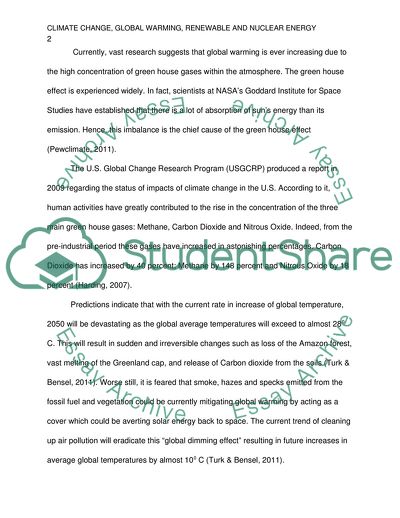Cite this document
(Climate Change, Global Warming, Renewable and Nuclear Energy Essay, n.d.)
Climate Change, Global Warming, Renewable and Nuclear Energy Essay. https://studentshare.org/environmental-studies/1768336-sci-207-assignment-week-4
Climate Change, Global Warming, Renewable and Nuclear Energy Essay. https://studentshare.org/environmental-studies/1768336-sci-207-assignment-week-4
(Climate Change, Global Warming, Renewable and Nuclear Energy Essay)
Climate Change, Global Warming, Renewable and Nuclear Energy Essay. https://studentshare.org/environmental-studies/1768336-sci-207-assignment-week-4.
Climate Change, Global Warming, Renewable and Nuclear Energy Essay. https://studentshare.org/environmental-studies/1768336-sci-207-assignment-week-4.
“Climate Change, Global Warming, Renewable and Nuclear Energy Essay”. https://studentshare.org/environmental-studies/1768336-sci-207-assignment-week-4.


